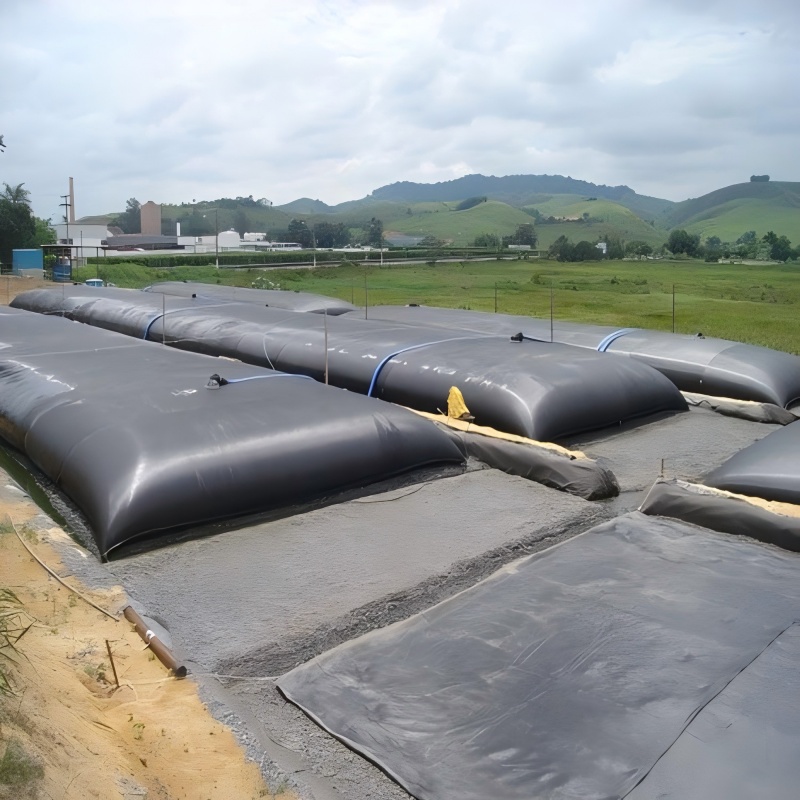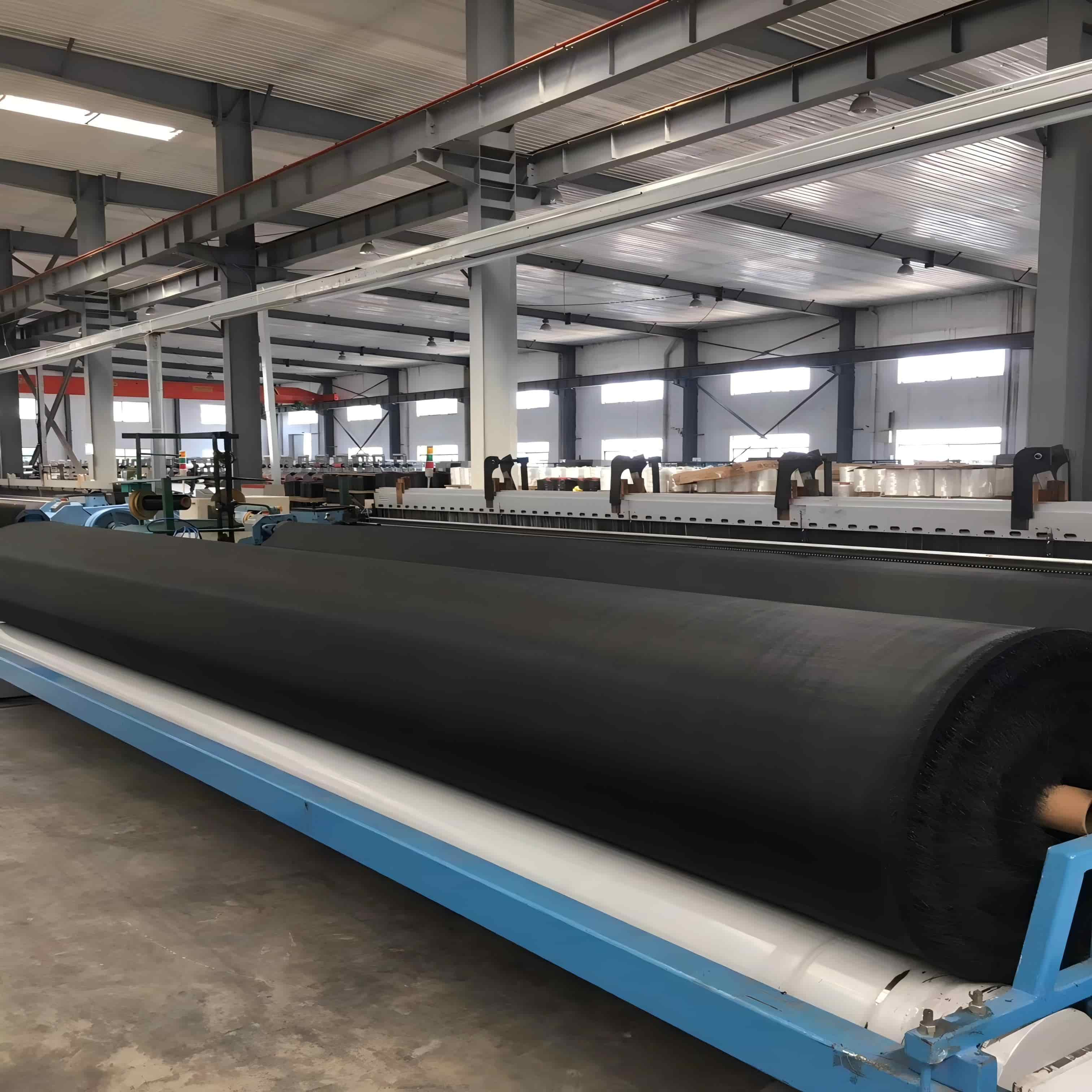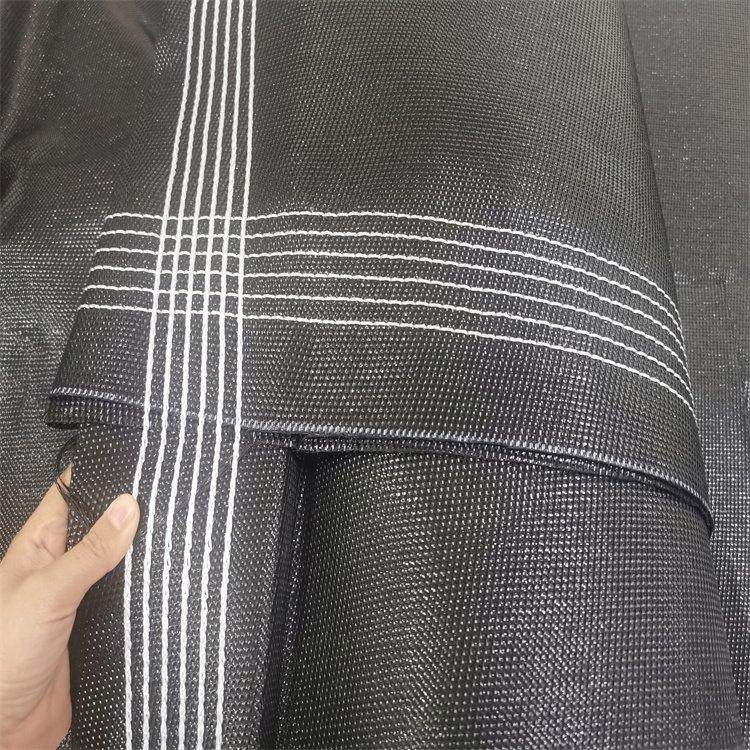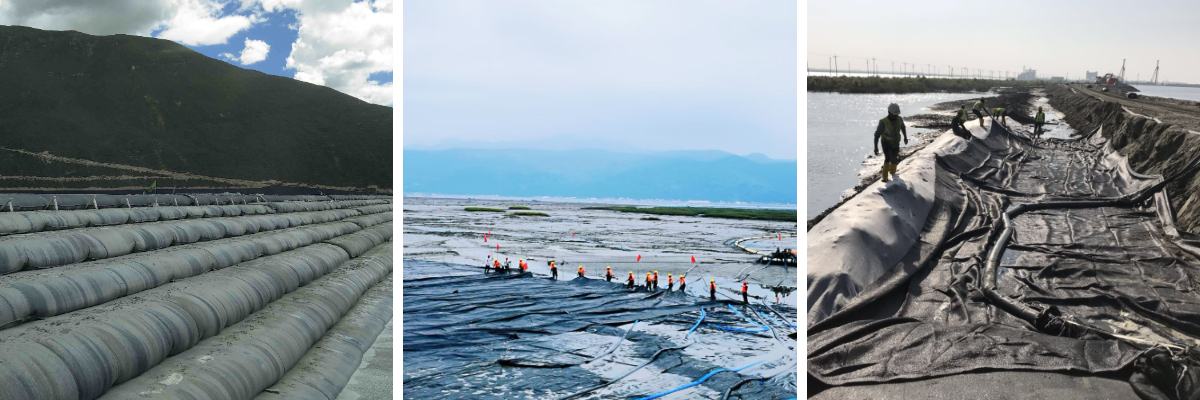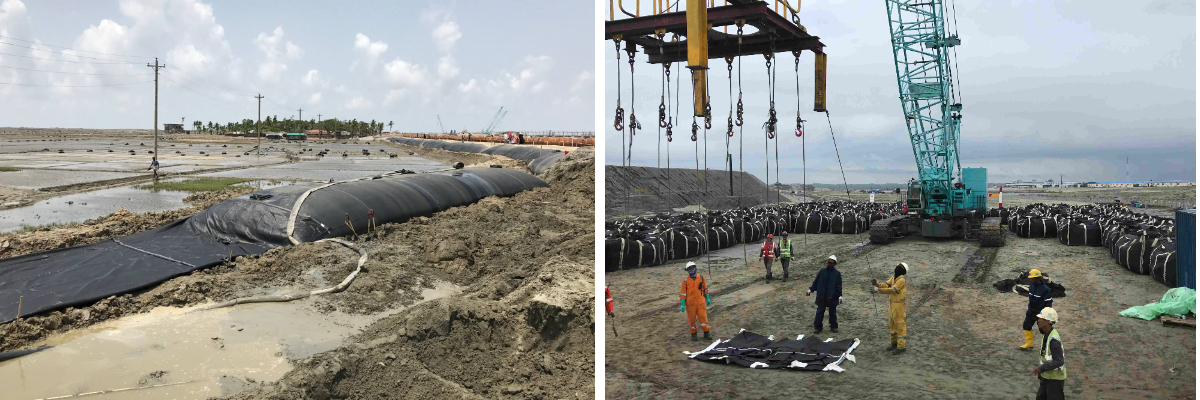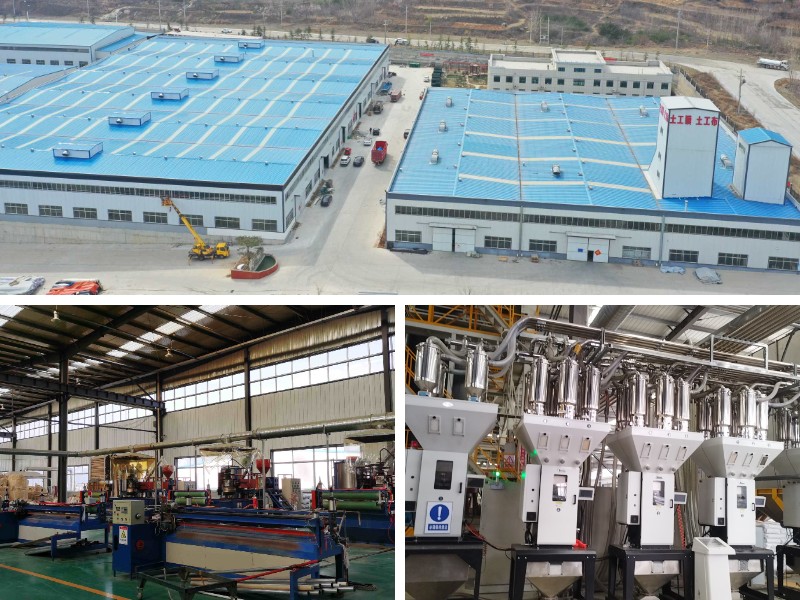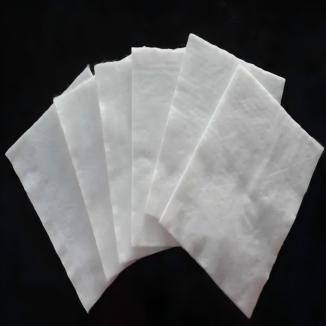Dredging And Dewatering Bags
1.Economic Efficiency
No need for large-scale equipment or factory facility investments; only a small number of non-specialized operators are required.
2.Environmental Friendliness
Fully enclosed construction process, noise-free, and less prone to causing secondary pollution.Seepage water can be collected and recycled, meeting environmental protection requirements.
3.Durability
High tensile strength, UV resistance, acid/alkali resistance, and microbial erosion resistance, ensuring a long service life.
4.Convenience
Diameter and length can be adjusted according to needs, offering high plasticity.
Product Introduction:
Dredging And Dewatering Bags are large, flexible tubular containers made from high-strength geotextiles (such as polypropylene or polyester) and are widely used in civil engineering, environmental management, and marine engineering fields.
1. Structure and Materials
Materials: Crafted from high-strength polypropylene (PP) or polyester (PET) monofilaments, flat yarns, or slit-film yarns, these tubes exhibit high tensile strength, low elongation, and high permeability.
Structure: Designed in a tubular shape, their diameter and length can be customized according to engineering requirements, with diameters reaching several meters and lengths extending up to tens of meters.
Sewing Technique: Specialized sewing processes are employed to ensure high tensile strength at the seams, minimizing the risk of bag failure.
2. Functional Principles
Filtration and Dewatering: The geotextile fabric of the tubes features fine pores that can retain solid particles in slurry while allowing water to seep out, achieving separation of water and solids.
Consolidation: Through static gravity or external pressure, the slurry inside the tubes gradually dewaters and consolidates, forming a stable solid structure.
UV Resistance and Durability: The materials possess high UV resistance and are resistant to acids, alkalis, and microbial erosion, making them suitable for long-term outdoor use.
Product Parameters:
project | unit | CWGD50S | CWGD90/120 | CWGD90S | CWGD100S | CWGD120S-B | CWGD120S-C | CWGD130S | CWGD200S-C | |
Tensile strength-radial | kN/m | 55 | 90 | 90 | 100 | 130 | 130 | 130 | 220 | |
Tensile strength-Weft | 50 | 120 | 90 | 100 | 120 | 120 | 130 | 210 | ||
Strain elongation-radial | % | 16±1 | 12±1 | 9±1 | 10±1 | 10±1 | 10±1 | 10±1 | 12±1 | |
Extensional elongation-Weft | 10±1 | 8±1 | 8±1 | 8±1 | 8±1 | 8±1 | 8±1 | 8±1 | ||
Breakage strength at 2% elongation | warp direction | kN/m | 5/15 | 14/40 | 30/30 | 30/30 | 20/40 | 22/40 | 20/45 | 15 |
Breakage strength at 5% elongation | warp direction | kN/m | 14/33 | 38/90 | 75/75 | 75/75 | 80/100 | 84/40 | 80/110 | 90 |
mass area ratio | g/m² | 285 | 440 | 390 | 430 | 540 | 540 | 560 | 850 | |
Joint tensile strength | kN/m | 35 | 90 | 60 | 70 | 100 | 100 | 110 | 170 | |
Static Burst Strength (CBR) | KN | 5 | 10 | 10 | 13 | 15 | 15 | 16 | 22 | |
Dynamic perforation | mm | 10 | 8 | 12 | 12 | 10 | 10 | 11 | 8 | |
Equivalent aperture (0g0) | mm | 0.9 | 0.48 | 0.52 | 0.45 | 0.4 | 0.3 | 0.43 | 0.4 | |
Permeability (Q50) | L/m²/s | 200 | 40 | 20 | 15 | 12 | 6.5 | 15 | 15 | |
Ultraviolet resistance (500h strong storage rate ) | % | 90 | 90 | 85 | 85 | 85 | 85 | 85 | 85 | |
Product Applications:
1.Water Conservancy Engineering
River Dredging: Used for dewatering and solidification of sludge in malodorous and black rivers as well as oxidation ponds, reducing sludge volume to facilitate transportation and disposal.
Cofferdam Engineering: Employed as cofferdam structures in land reclamation from the sea and artificial island construction to block water flow and consolidate sediment.
Revetment and Breakwater Construction: Utilized as the core material for revetments and breakwaters to enhance structural stability.
2.Environmental Management
Sludge Treatment: Handles sludge from industrial wastewater, sewage treatment plants, paper mills, etc., achieving reduction and harmlessness.
Tailings Management: Applied for dewatering and solidification of mine tailings to mitigate environmental pollution.
Landfill Sites: Treats leachate and sludge from landfill sites to prevent secondary pollution.
3.Marine Engineering
Breakwater and Wave Protection: Serves as a material for constructing breakwaters to resist wave erosion.
Artificial Island Construction: Used for cofferdam protection and forming the foundational structure of artificial islands.
4.Agriculture and Ecological Restoration
Agricultural Waste Management: Processes manure sewage from livestock, poultry, and aquaculture farms, as well as wastewater from plantations.
Ecological Restoration: Applied for dewatering and subsequent disposal of contaminated sediment in rivers, lakes, and reservoirs.


